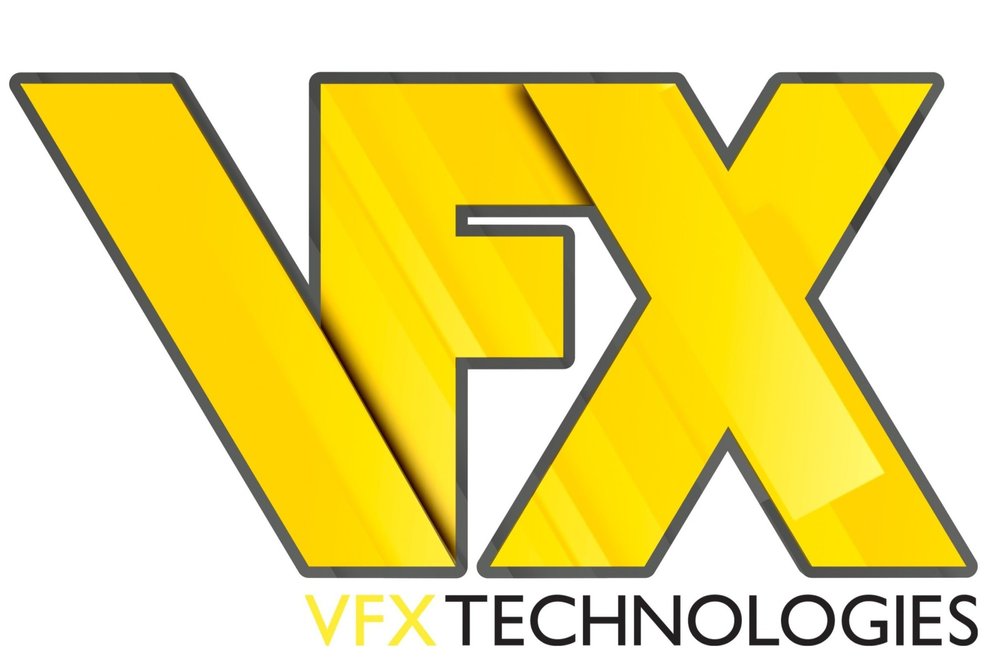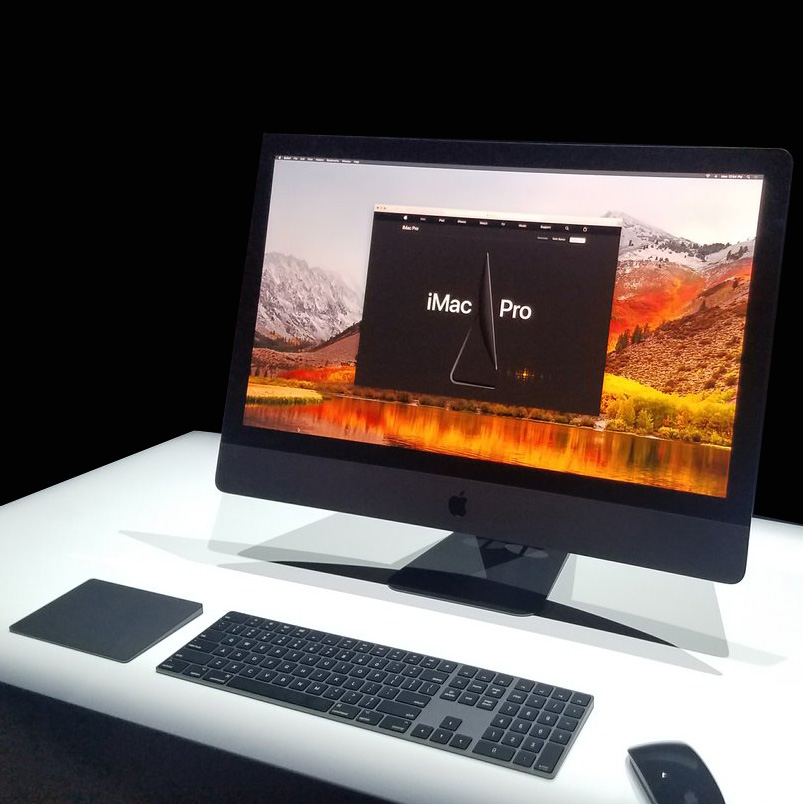Artists that work in post-production and visual effects work insanely hard, dealing with complex software, demanding Producers, and impossible deadlines. Where I work, we have four wall edit bays and the building is accessible 24/7 and I have been in the office late and over the weekend and so often, people are here, working away on their projects. There is also the arduousness of the work combined with having to wait for frame after frame to render so they can see what they've done.
I've noticed that many of our clients tend to stay on and near their computers, watching videos, browsing the web, and reading email and social media. Do you do this? You're not treating yourself very well. I'm making two recommendations, one technical and the other is physical.
The technical side of this is, use the best technology you can afford, and if you can't afford to buy the best, you can rent it. There is no reason why you should try to work on an underpowered computer, The computer that works perfectly for you 250 days out of the year does not have to be the one you work on when there's a massive amount of data processing to be done. You can get an $8,000 to $20,000 workstation, Mac or PC, to work on for a few hundred dollars a week and blow through your project significantly faster.
Computers process your data through the processor (CPU) and the Graphics card (GPU). Different software uses these two components in different ways based on how they wrote the program. Find out if the software you prefer works best with a particular CPU or GPU. You can easily find this out by Googling "(Application name) system requirements". Or you can contact my company, and we will be happy to make a recommendation.
To keep yourself in the best state of mind and body while working, the best advice I can share is the simplest. Breathe and Move! The best way to relieve stress is to breathe deep. Breathe out with a moan or a grunt; it makes a difference. Get up from your desk often, like every 15 minutes and just walk around the room. Set a timer on your phone if you must. Every 30 minutes, put your head down and close your eyes. Invest in good glasses if you need them and talk to your optometrist. Tell him or her you work many hours in front of a monitor so the doctor can make the right suggestion for you. Drink water. Even if you drink other beverages, drink water too. Keep yourself hydrated and having to pee several times a day will be good for you as well. By the way, don't hold it in!
A good idea is an adjustable desk that goes from sitting to standing. These stands are surprisingly affordable and can make your work time so much better. Buy the best chair you can. Creating on a computer is your vocation, and you'll be using these tools for a long time.
Exercise your arms and hands throughout the day. Keep your fingers nimble. Here's a tip. Hold your arms out straight in front of you. Lift up your hands at 90 degrees, and spread your fingers. Hold for five seconds, lower, and relax. Then clench your fists, and lower your wrists at 90 degrees. Hold for five seconds, straighten, and relax. Do this several times a day. Again I suggest, set a timer on your phone.
Assess the lighting in your workspace. Try not to work under fluorescent bulbs as they imperceptibly yet continuously flicker. Put a halogen or LED lamp in the room whose intensity can be adjusted and make it a little brighter than the light coming off your monitor.
If you insist on having another screen to watch while you're not doing the physical work, don't glance at it off to the side. Turn and view it in a comfortable position, and so it is at the right angle to minimize eyestrain. The conventional wisdom about positioning a monitor is, the top of your computer screen should be level with your eyes, so you’re only looking down about 10 degrees to view the screen.
There are plenty of articles on the Internet about best practices for those who look at displays for hours on end. Lots of advice, some good, some ridiculous. What I emphasize is to remain comfortable and relaxed. Take care of yourself because this business can be brutal at times. Let me ask, what are your recommendations for keeping yourself feeling good at work?
- Jim Reisman



